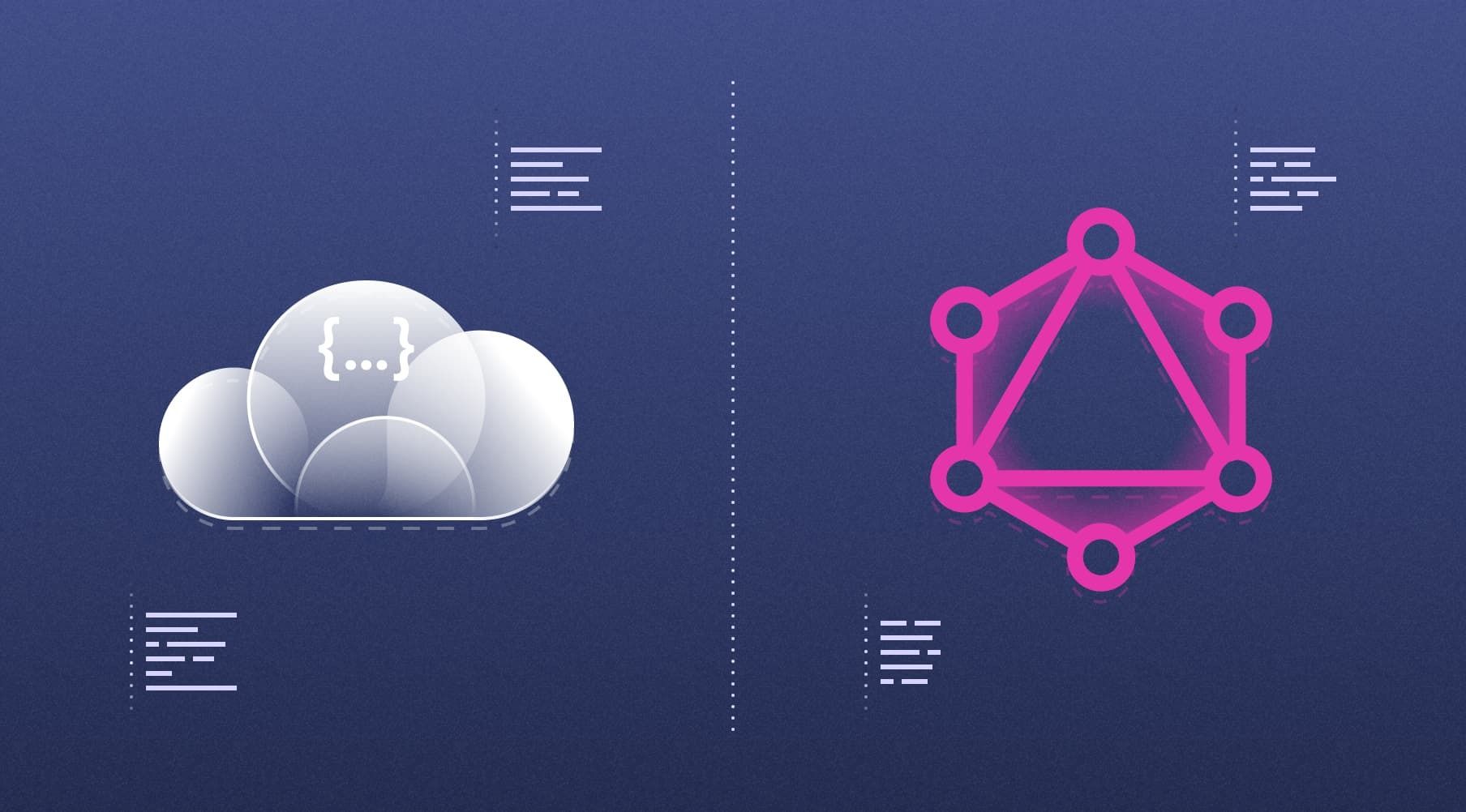Typically used to store simple information like plain text records and binary files, flat files have been around since the mid ‘70s. While it is not uncommon for technology to become obsolete, flat files remain widely used today. In fact, mainstream operating systems like Windows, Linux, and Mac all use flat files to launch and run properly.
If you work in programming, you'll probably encounter a flat file database at some point, as the technology shows little sign of falling out of fashion any time soon. Below, we'll provide a brief overview of flat file systems, how they work, and their benefits and drawbacks.
What Is A Flat File?
One of the simplest ways to store data, a flat file works by keeping data in a plain text file. Each line of text contains a single record and you can delimit the various fields by using tabs or commas.
Flat files are used to store simple information. A restaurant, for example, may use a flat file database to track customer orders for takeout or delivery. The HR department at a company may store employee information in a flat file database.
A flat file database differs from a regional database in that it can only contain a single table of fixed-width information. Multiple flat files, however, can be imported and stored in a platform like Microsoft Access and then added to a regional database if necessary.
How Are Flat Files Used?
As we touched on above, flat files are often used to store basic information like usernames, passwords, and contact details. With a flat file, you can store all records in a single area, which – in some cases – is better than pulling records buried in hierarchical file folders. When using flat files, it's very simple to search through your records as they're all found in the same place. This also means it's easier for project managers to import data rapidly.
In a flat file database, columns are restricted to specific data types and the first row specifies the field name. Delimiters keep data formatting at a fixed width, which greatly simplifies the process of finding and editing records. Flat files remain in their digital form until they are transferred to a database, at which point data will be altered and then saved in different forms.
Flat file databases are responsible for running Linux, Windows, and Mac operating systems and flat file databases are frequently used to store customer information or electronic paperwork (i.e., business contracts, employee information). While flat file databases can handle a smaller amount of information, they can quickly become overwhelmed if you're storing more than a few thousand records. Sometimes, you need to switch to a regional database to manage (which we'll discuss more below).
The Pros And Cons Of Flat Files
Advantages
Probably the most often cited benefit of flat files is that you can store all your records in one area – which is great for managing smaller projects. Simple search terms can help you locate what you need and then extract that information.
Flat files also work with many standard office applications, meaning the learning curve overall is easier than it would be with regional databases. Flat files can be created in any text editor and work with office apps like Microsoft Access, FileMaker Pro, and Borland Reflex. These applications are usually simple to figure out, even for those without a strong tech background. You can configure and manipulate CSV flat files using Microsoft Excel.
In comparison to other options, flat files require fewer hardware and software components. This is why major operating systems and many software programs use flat files. Flat files are lightweight, making data transfer much quicker and easier.
Disadvantages
Flat files tend to work best for smaller databases, and may be inadequate for managing large swaths of information. The majority of flat file disadvantages are related to the size of a data set.
Data duplication is a big issue if flat files are handling more information than they're equipped for. As each line can only hold one record, there is a risk of ending up with repeat data when working in a flat file. Duplicates must be found and removed, often manually, while regional databases are less prone to duplicating data to begin with.
The larger the flat file, the harder it is to update – especially if you're dealing with duplicate data issues. Updating entries in a flat file database often requires making multiple changes and flat file databases, especially larger ones, often entail longer search times. All of this can make updates drag on for a long time.
There are also security concerns regarding flat file databases. It is difficult to restrict data in a flat file system meaning any user with access to the file has access to all the records. This can be a concern for major companies with multiple people accessing a database. Anyone – regardless of their position – would be granted access to potentially sensitive information.
Flat Files: The Bottom Line
While they've been around for a long time, flat files have yet to become obsolete. They're still a viable option for data storage and can even be the superior in some instances. However, if you're storing more than a few thousand records, you might want to explore other options to avoid issues with duplicates, longer update times, and security threats.
Looking for solutions for your company? Xano is the fastest No Code Backend development platform on the market. We give you a scalable server, a flexible database, and a No code API builder that can transform, filter, and integrate with data from anywhere. Sign up here to get started.
The post What Is A Flat File And How Does It Work? appeared first on Xano.

















